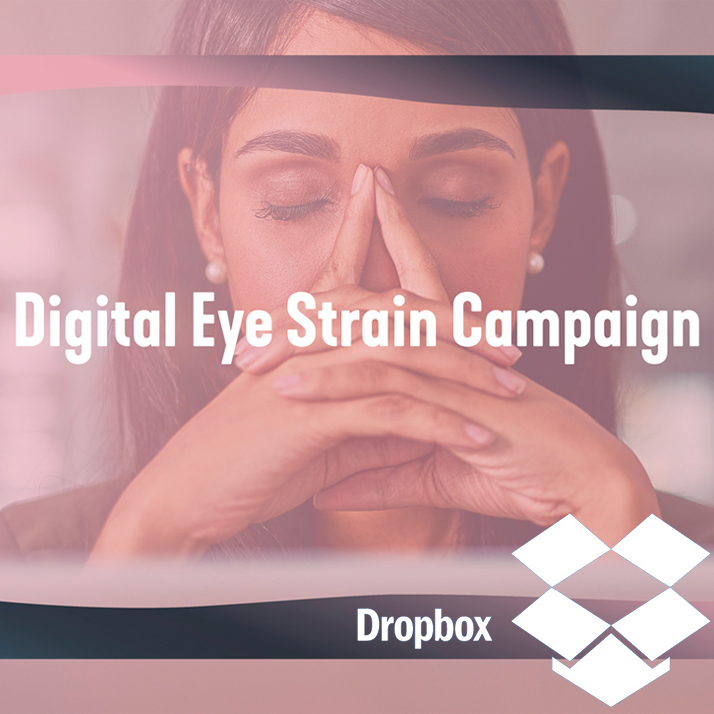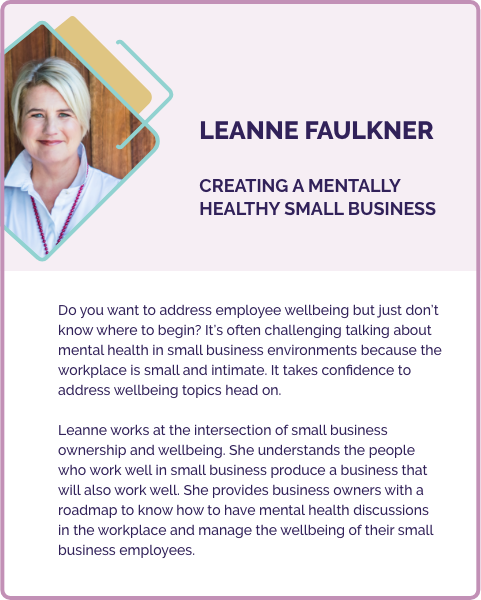
Hoya, Essilor and some of your peers share how digital solutions can deliver patient and practice benefits.
Our consumption of media has changed drastically in the past five years. More people are using multiple devices simultaneously. Children’s text books are on tablets. Grandma is on Snapchat.
Beyond entertainment and social media, our workplace productivity requires even more digital media proficiency. On patient intake forms, 8, 10 and 12 hours per day in front of a screen are common responses; that’s most of a patient’s waking hours. It is time to stop talking about computer glasses as the “second pair.”
Many of the annoying, chronic conditions associated with digital eye strain such as blurred vision, headaches and fatigue are likely plaguing your patients.
Just as technology has posed challenges to vision care and correction, technology has also brought about solutions.
Hoya offers several excellent choices in lens designs such as Dynamic Sync for the non-presbyope, Workstyle V+ which caters to each individual’s near demand and coatings such as Diamond Finish BlueControl which will help your patients.
As training manager of Hoya, Ulli Hentschel gets to speak to many different practices and hear what’s working and what’s not when discussing digital eye strain with patients.
Here are some of the top tips coming from practices:
- Keep the topic ‘top of mind’ and discuss the effects of digital eyestrain with all patients, no matter the age.
- Ask the patients detailed questions on what type of devices they are using and for how long. For example, how many screens they use a day, at what distances do they view them and how their screen viewing changes from work to home.
- Do not treat the computer pair as an ‘add-on’ sale, but rather treat it as a health aid that can alleviate a lot of symptoms for people. This can really change the mindset in the practice. As we know, it’s not just about additional sales, it’s about helping people.
- Remember that even if a patient says “No” to a dedicated computer pair now, they may come back in six months because they have realised they actually do need them.
The computer pair has become THE primary pair of glasses.
Hoya have a host of information and collateral that can help support you in the discussion of digital eye strain; from patient leaflets to point of sale materials such as posters to help educate your patients. Contact your local Hoya rep for more details.

A recent rise in consumer awareness of digital eye strain symptoms has created a fertile environment for optometrists to confidently recommend digital-specific lenses.
![]() Nearly every patient I speak to is spending many hours a day in front of digital screens. Understanding their device usage and associated symptoms are a standard part of our pre-exam questioning procedure. One of the key learnings for me was that patients are genuinely not aware that many of the symptoms they’re experiencing are linked to and exacerbated by their device usage. I’ve been able to identify the contributing factors and help my patients get relief by providing an on-going solution. One of these solutions has been prescribing Eyezen with Crizal Prevencia.” – Frank Filocamo, Filocamo Optometrist, Leichhardt, NSW
Nearly every patient I speak to is spending many hours a day in front of digital screens. Understanding their device usage and associated symptoms are a standard part of our pre-exam questioning procedure. One of the key learnings for me was that patients are genuinely not aware that many of the symptoms they’re experiencing are linked to and exacerbated by their device usage. I’ve been able to identify the contributing factors and help my patients get relief by providing an on-going solution. One of these solutions has been prescribing Eyezen with Crizal Prevencia.” – Frank Filocamo, Filocamo Optometrist, Leichhardt, NSW
![]() Most patients don’t realise they are suffering from digital eye strain, tiredness and fatigue. Often it isn’t until I show them how the Eyezen lens power boost can help them that they realise how much they have been straining their eyes to focus. Parents are also concerned about their children using digital devices, so they’re pleased to know that their children’s eyes will be protected from blue light with Crizal Prevencia. Eyezen lenses are now my go to lens for a majority of my patients. My patient base is generally of an older age group, which means I mainly prescribe Eyezen lenses as reading glasses. I advise my pre-presbyopic patients that Eyezen lenses should allow them to transition to multifocals easily when the time comes. Add to that the fact that Eyezen lenses are only marginally more expensive than single vision lenses, but come complete with a blue light filter, means great value for money for both the practice and our patients too”. – Liz Murray and Malcolm Gin, Eyes and Optics by Malcolm Gin, Wonthaggi, VIC
Most patients don’t realise they are suffering from digital eye strain, tiredness and fatigue. Often it isn’t until I show them how the Eyezen lens power boost can help them that they realise how much they have been straining their eyes to focus. Parents are also concerned about their children using digital devices, so they’re pleased to know that their children’s eyes will be protected from blue light with Crizal Prevencia. Eyezen lenses are now my go to lens for a majority of my patients. My patient base is generally of an older age group, which means I mainly prescribe Eyezen lenses as reading glasses. I advise my pre-presbyopic patients that Eyezen lenses should allow them to transition to multifocals easily when the time comes. Add to that the fact that Eyezen lenses are only marginally more expensive than single vision lenses, but come complete with a blue light filter, means great value for money for both the practice and our patients too”. – Liz Murray and Malcolm Gin, Eyes and Optics by Malcolm Gin, Wonthaggi, VIC
Why prescribe digital-specific lenses? We know that products like Essilor Eyezen achieve better outcomes for many patients, establish a strong clinical point of difference for the practice and generate strong growth in both revenue and profitability.
Kelvin Bartholomeusz (ProVision NSW Business Coach) is a passionate advocate for the business growth opportunity that digital eye strain solutions present to members: “I’ve had members increase their sales revenue from lenses by over 20%, simply by focusing on identifying whether their patients have a need for a digital eye strain solution, and capitalizing on the opportunity to prescribe a superior solution for them if they do. The need is there, the range of solutions is comprehensive, and the acceptance of the solution is strong when the product’s benefits are explained clearly.”
Ask the right questions
1. Which devices do you use each day and for how long? e.g. smartphone, tablet, laptop
2. Show me exactly where you hold your smartphone – (the greatest challenge for accommodation issues is at 30cm)
3. Tell me what changes you experience in your vision when you look away and then look back to your device?
Tests to identify digital eye strain symptoms
1. Amplitude of accommodation / A / AC Ratio
2. Plus and minus to blur
3. Accommodative facility
Need support prescribing digital eye strain solutions and attracting the younger demographic? Speak to your local Essilor Rep to find out what resources and packages are available to you.





